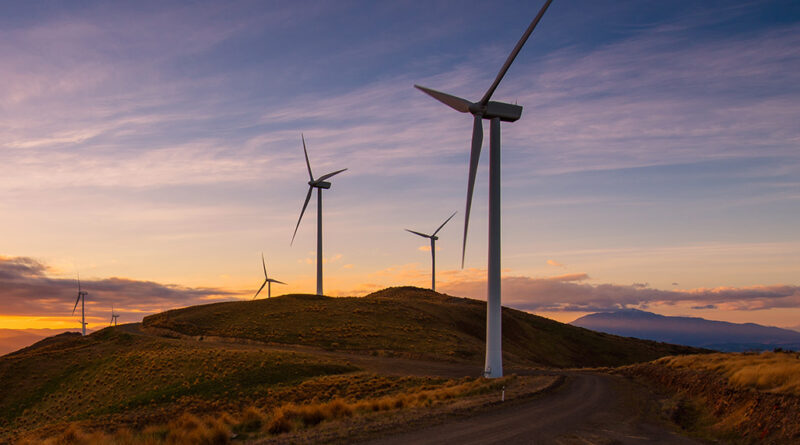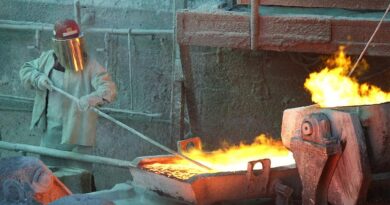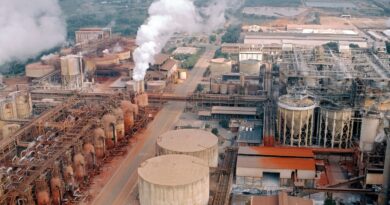Copper will benefit from the energy transition
In the first half of 2021 LME cash copper prices reached a record high of US$10,725, says Roskill. China’s huge appetite for the metal coupled with disruptions to supply, particularly a drop in scrap imports, had shielded the copper market from the worst effects of the Covid pandemic.
In 2020, consumption fell by only 0.5%. At the start of 2021 demand was boosted by the quick Chinese recovery and the outlook for copper rose on global commitments to the energy transition.
Copper looked to be heading into a new decarbonisation led super cycle. However, at the end of the second quarter, Chinese demand started to cool and LME stocks rose. In addition, a crackdown by the Chinese government on ‘speculators’ and ‘hoarders’, and the auctioning of state reserve bureau cathodes appear to have, at least temporarily, curved commodity inflation.
Copper will no doubt benefit from the energy transition. However, a balance must be struck so that the growth remains sustainable to consumers, whilst incentivising new projects from copper producers.
Copper scrap is the least well documented and most misunderstood area of the copper industry. However, it is vitally important accounting for around one-third of the total market of 30Mt, and a key element of copper’s sustainability credentials and in its expanding role in the circular economy.
Copper: Outlook to 2031 boasts detailed insights to the multiple facets of the copper supply chain, leveraging Roskill’s world-class expertise in copper demand analysis. The new report also includes complete coverage of mine, smelter and refinery production and assesses the pipeline of new projects across the world.
There is also full analysis of the role that scrap (and electronic scrap) plays in the copper market, including secondary production at smelters and refineries, direct use scrap at fabricators, and global trade in copper scrap and e-scrap.




